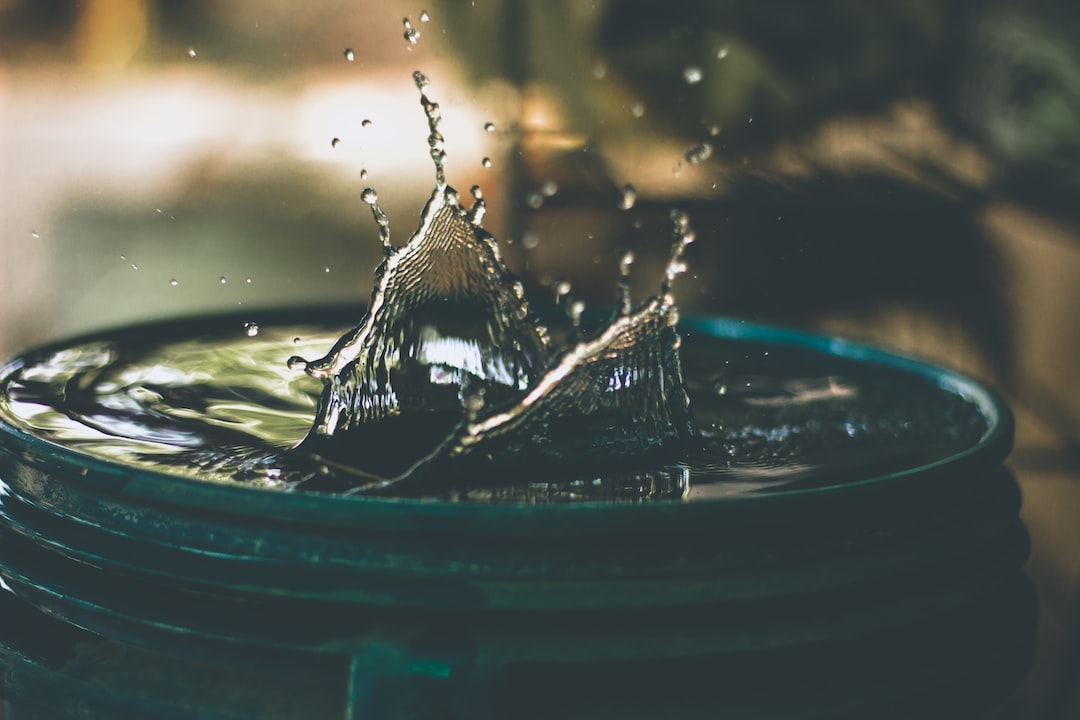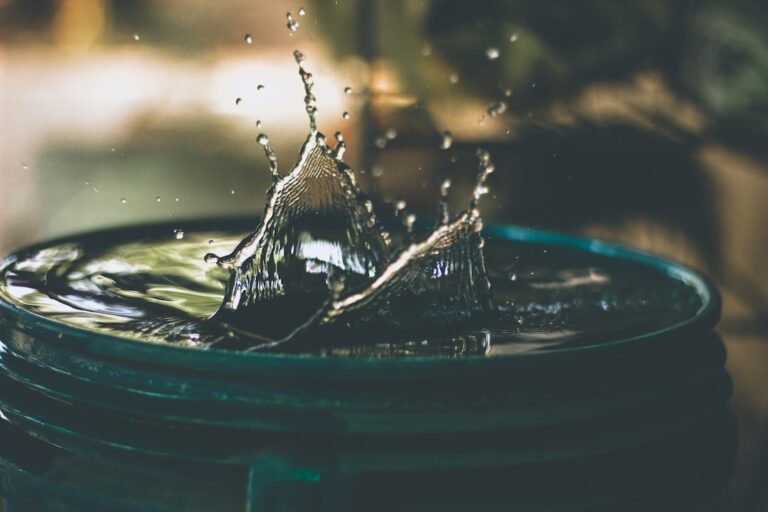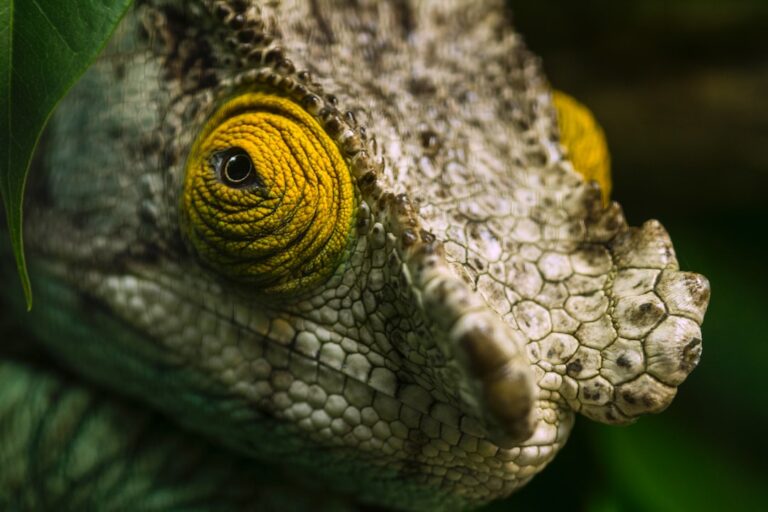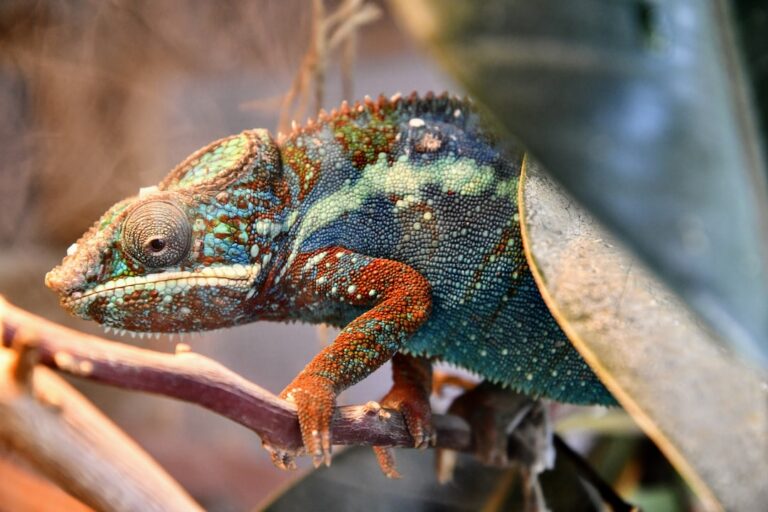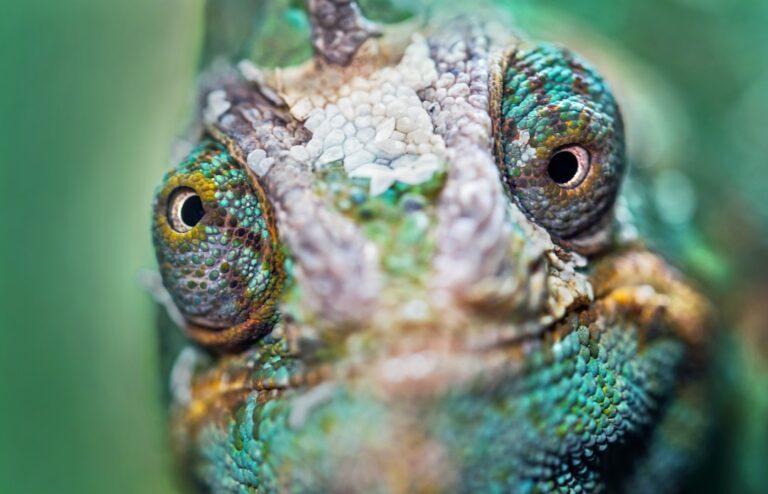Can Chameleons Drown?
Chameleons are fascinating creatures known for their ability to change color and blend into their surroundings. They are native to the rainforests and deserts of Africa, Madagascar, and parts of southern Europe and Asia. Chameleons have unique characteristics that set them apart from other reptiles, including their independently moving eyes, long tongues, and prehensile tails. While they are primarily arboreal creatures, spending most of their time in trees, chameleons also have the ability to swim. In this article, we will explore the anatomy of chameleons, the importance of water for their survival, and how they adapt to water environments.
Table of Contents
Understanding the Anatomy of Chameleons
Chameleons have a unique anatomy that allows them to thrive in their natural habitats. Their bodies are designed for life in trees, with specialized feet that have fused toes and sharp claws for gripping branches. Their eyes can move independently of each other, allowing them to have a 360-degree field of vision. This helps them spot prey and predators from any direction.
In terms of swimming, chameleons have certain adaptations that enable them to navigate through water. Their bodies are streamlined and elongated, which reduces drag and allows for efficient movement in the water. They also have webbed feet that help them paddle and propel themselves forward. Additionally, their tails play a crucial role in swimming by acting as a rudder and providing stability.
The Importance of Water for Chameleons
Water is essential for the survival of all living organisms, including chameleons. While chameleons primarily obtain water from the food they eat, they still require access to fresh water for hydration and maintaining proper bodily functions. Water helps regulate their body temperature, aids in digestion, and keeps their skin hydrated.
In their natural habitats, chameleons often encounter rain and dew, which provide them with a source of water. They may also drink water droplets from leaves or other surfaces. In captivity, it is important for chameleon owners to provide a water source, such as a misting system or a shallow dish of water, to ensure their hydration needs are met.
Can Chameleons Swim?
Contrary to popular belief, chameleons are capable of swimming. While they are not natural swimmers like fish or amphibians, they can navigate through water when necessary. However, it is important to note that not all chameleon species are equally adept at swimming. Some species, such as the veiled chameleon, are better swimmers than others.
When chameleons swim, they use a combination of paddling their legs and moving their bodies in a wave-like motion. Their tails play a crucial role in swimming by providing stability and acting as a rudder. Chameleons can also hold their breath for extended periods of time while underwater.
The Risk of Drowning for Chameleons
While chameleons are capable of swimming, there is still a risk of drowning for these creatures. Chameleons are not built for prolonged periods in the water and can easily become exhausted or overwhelmed. They may also struggle to find a way out of the water if they accidentally fall in.
One of the main reasons chameleons are at risk of drowning is their inability to float. Unlike some other reptiles, chameleons do not have buoyant bodies that allow them to stay afloat effortlessly. Their bodies are dense and heavy, making it difficult for them to stay above the water surface without actively swimming or holding onto something.
How Chameleons Adapt to Water Environments
Despite the risks associated with swimming, chameleons have developed certain adaptations that help them survive in water environments. One of these adaptations is their ability to change color. While the primary purpose of color change is camouflage, it can also help chameleons regulate their body temperature in water. Darker colors absorb more heat, while lighter colors reflect heat, allowing chameleons to adjust their body temperature as needed.
Chameleons also have specialized skin that helps them navigate through water. Their skin is covered in small, overlapping scales that create a waterproof barrier. This prevents water from seeping into their bodies and helps them stay buoyant. Additionally, chameleons have a unique respiratory system that allows them to breathe while partially submerged in water.
The Role of Tail in Chameleon Swimming
The tail of a chameleon plays a crucial role in swimming. It acts as a rudder, providing stability and helping the chameleon change direction while swimming. The tail also helps the chameleon stay afloat by counterbalancing the weight of its body.
When swimming, chameleons use their tails to propel themselves forward by moving it from side to side. This motion creates a wave-like movement that propels the chameleon through the water. The tail also helps the chameleon maintain balance and control its body position while swimming.
The Impact of Temperature on Chameleon Swimming Ability
Temperature plays a significant role in the swimming ability of chameleons. Chameleons are ectothermic creatures, meaning their body temperature is regulated by external sources of heat. If the water temperature is too cold, it can negatively affect their swimming ability and overall health.
Cold water can cause chameleons to become sluggish and less responsive. It can also slow down their metabolic rate, making it more difficult for them to swim and stay afloat. On the other hand, if the water temperature is too warm, it can lead to dehydration and overheating.
Chameleon Breathing Mechanisms and Water Survival
Chameleons have a unique respiratory system that allows them to breathe while partially submerged in water. Unlike mammals, chameleons do not have a diaphragm to help them breathe. Instead, they rely on a combination of lung ventilation and buccal pumping.
When a chameleon is submerged in water, it can hold its breath for an extended period of time. This is because chameleons have the ability to close off their nostrils and prevent water from entering their respiratory system. They can also slow down their metabolic rate to conserve oxygen.
How to Prevent Chameleons from Drowning
As responsible chameleon owners, it is important to take precautions to prevent drowning accidents. Here are some tips to keep your chameleon safe:
1. Provide a shallow water dish: Chameleons may accidentally fall into deep water dishes and struggle to get out. Instead, provide a shallow dish of water that allows them to drink without the risk of drowning.
2. Supervise outdoor time: If you allow your chameleon to spend time outdoors, make sure to supervise them closely. Keep an eye on them to ensure they do not fall into bodies of water or get caught in rainstorms.
3. Secure enclosures: Ensure that your chameleon’s enclosure is secure and does not have any openings or gaps where they could escape and potentially fall into water sources.
4. Use caution with misting systems: Misting systems are commonly used to provide humidity for chameleons. However, excessive misting can create wet surfaces that increase the risk of slipping and falling into water dishes.
Chameleon Watering Techniques to Avoid Drowning
In addition to preventing drowning accidents, it is important to use proper watering techniques for chameleons to avoid any potential risks. Here are some tips:
1. Misting: Misting is a common method of providing water for chameleons. Use a fine misting nozzle to create small water droplets that mimic rain. Avoid spraying water directly onto the chameleon to prevent stress and potential drowning.
2. Drip system: A drip system can be used to provide a constant source of water for chameleons. This method allows them to drink water droplets as they fall from leaves or other surfaces.
3. Water dishes: Provide a shallow dish of water for your chameleon to drink from. Make sure the dish is not too deep and that your chameleon can easily access it without the risk of drowning.
4. Monitor humidity levels: Chameleons require high humidity levels, but excessive moisture can increase the risk of drowning. Use a hygrometer to monitor humidity levels and adjust misting or watering frequency accordingly.
Chameleons are unique creatures with fascinating adaptations that allow them to survive in various environments, including water. While they are not natural swimmers, chameleons can navigate through water when necessary. However, there is a risk of drowning for these creatures, and it is important for chameleon owners to take precautions to prevent accidents.
Understanding the anatomy of chameleons, the importance of water for their survival, and how they adapt to water environments can help us provide the best care for these incredible reptiles. By implementing proper watering techniques and taking steps to prevent drowning, we can ensure the health and well-being of our chameleons in both their natural habitats and captivity.
If you’re curious about the unique abilities of chameleons, you might be wondering if they can drown. Well, according to a fascinating article on Reptile Friend, chameleons are actually excellent swimmers and can hold their breath for extended periods of time. However, there are certain circumstances where drowning can be a risk for these remarkable creatures. To learn more about this intriguing topic, check out the article “Can Chameleons Drown?” on Reptile Friend’s website.

